Optimal Timing for Blacktop Repairs
Timing plays a crucial role in the effectiveness and longevity of blacktop repairs. The optimal period for conducting repairs is during warm, dry weather conditions, typically in late spring through early fall. Temperatures should be consistently above 50°F (10°C) to ensure proper adhesion and curing of asphalt materials. Rain and high humidity can hinder the bonding process and lead to premature deterioration.
Spring offers ideal conditions with warmer temperatures and less rainfall, making it suitable for blacktop repairs before summer traffic peaks.
Summer provides consistent warm weather, essential for proper asphalt curing and long-lasting repairs.
Early fall can be suitable if temperatures remain above 50°F, but late fall may pose challenges due to cooling temperatures and increased moisture.
Cold temperatures and moisture make asphalt repair ineffective and can cause cracks or improper bonding.
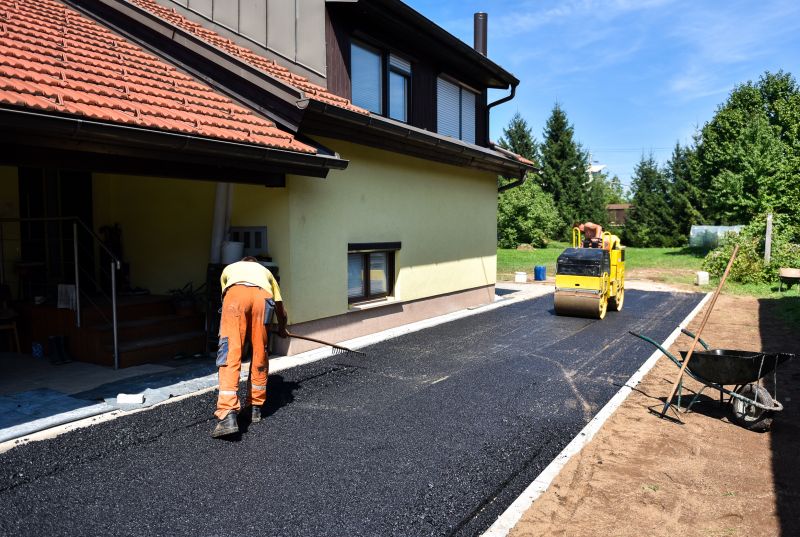
Ways to make Blacktop Repairs work in tight or awkward layouts.
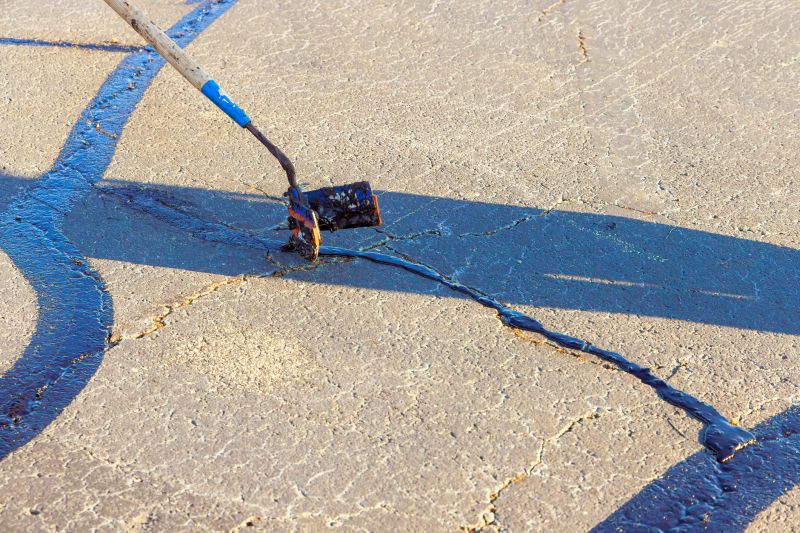
Popular materials for Blacktop Repairs and why they hold up over time.
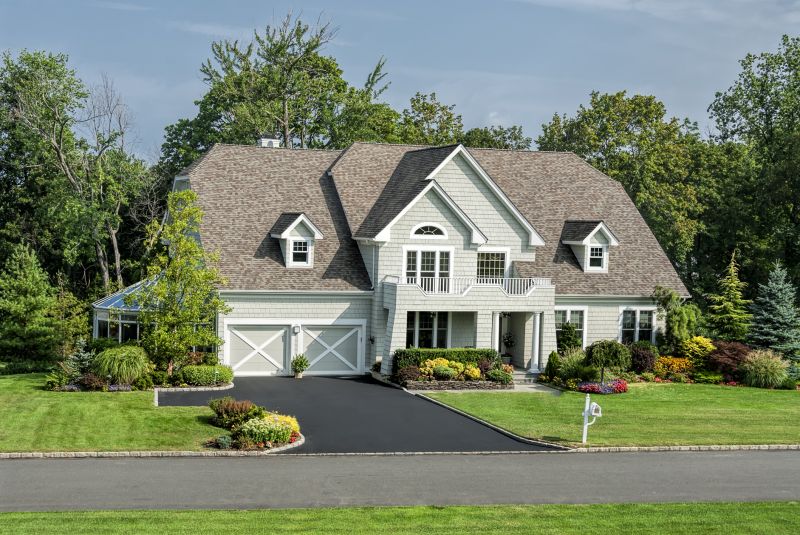
Simple add-ons that improve Blacktop Repairs without blowing the budget.

High-end options that actually feel worth it for Blacktop Repairs.
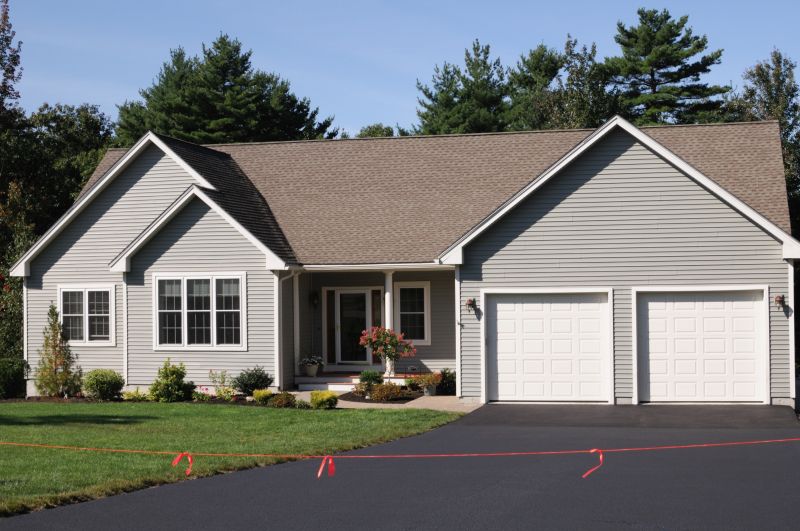
Finishes and colors that play nicely with Blacktop Repairs.

Little measurements that prevent headaches on Blacktop Repairs day.
Blacktop repairs are essential for maintaining the durability and safety of paved surfaces. Proper timing ensures that repairs are effective and long-lasting. Asphalt is sensitive to temperature fluctuations, moisture, and traffic load, which can influence the success of repair projects. Conducting repairs during optimal weather conditions minimizes issues such as cracking, peeling, or uneven surfaces. Regular maintenance and timely repairs can extend the lifespan of blacktop surfaces significantly, reducing the need for costly replacements.
| Season | Recommended Conditions |
|---|---|
| Spring | Warm temperatures above 50°F, dry weather, minimal rain |
| Summer | Consistent warm weather, low humidity |
| Fall | Temperatures above 50°F, dry conditions, early fall preferred |
| Winter | Cold temperatures, high moisture, generally unsuitable |
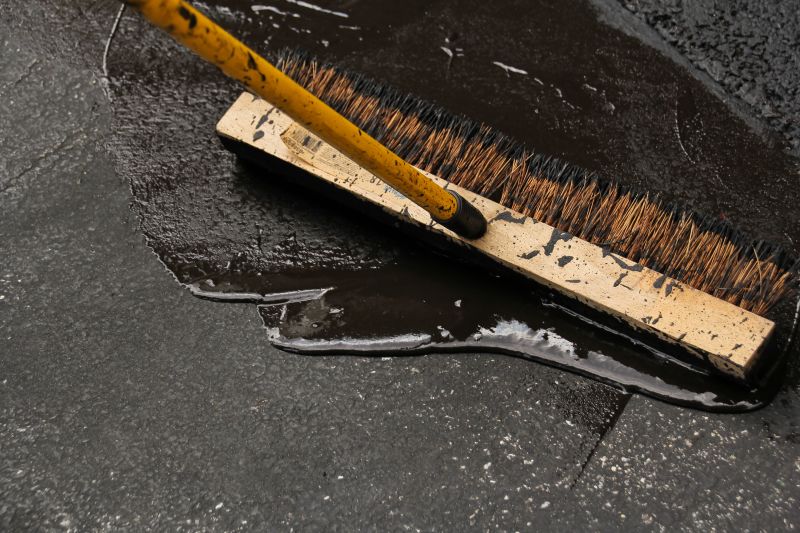
A 60-second routine that keeps Blacktop Repairs looking new.

A frequent mistake in Blacktop Repairs and how to dodge it.

Small tweaks to make Blacktop Repairs safer and easier to use.

Lower-waste or water-saving choices for Blacktop Repairs.
Timely blacktop repairs contribute to the safety and appearance of paved surfaces. Regular inspections can identify issues early, allowing for repairs during the optimal seasonal window. Properly scheduled maintenance helps prevent more extensive damage, such as potholes and large cracks, which are more costly to repair and can pose safety hazards. Consulting with professionals can help determine the best timing based on local climate conditions and surface condition.
Interested in scheduling blacktop repairs? Fill out the contact form to receive more information and assistance.



